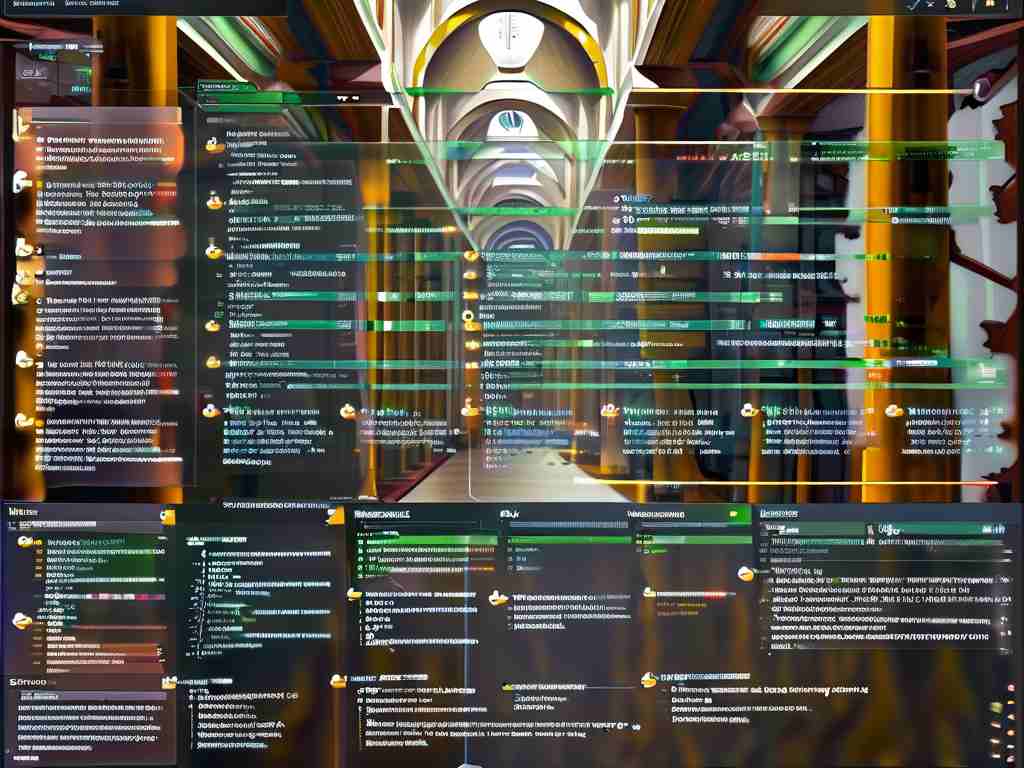In the rapidly evolving landscape of mobile operating systems, Huawei’s HarmonyOS has consistently pushed boundaries with its innovative approaches to resource management. The release of HarmonyOS 4.2 (Hongmeng 4.2) introduces groundbreaking advancements in memory management, addressing critical challenges in multitasking, energy efficiency, and system stability. This article delves into the technical architecture of HarmonyOS 4.2’s memory management mechanisms, exploring how they redefine performance standards for modern smart devices.
1. The Evolution of Memory Management in HarmonyOS
HarmonyOS has always prioritized efficient resource allocation, but version 4.2 marks a paradigm shift. Traditional mobile OS architectures often struggle with memory fragmentation, background process overload, and inconsistent app performance. HarmonyOS 4.2 tackles these issues through a multi-layered strategy combining dynamic memory allocation, intelligent garbage collection, and adaptive resource scheduling. By leveraging distributed capabilities and AI-driven predictions, the system optimizes memory usage across devices—from smartphones to IoT gadgets—ensuring seamless user experiences.
2. Dynamic Memory Allocation: Precision and Flexibility
At the core of HarmonyOS 4.2’s memory management is its dynamic allocation framework. Unlike static allocation models that reserve fixed memory blocks for apps, HarmonyOS employs a real-time demand analysis engine. This engine evaluates factors such as app priority, user interaction patterns, and hardware capabilities to allocate memory dynamically. For example, foreground apps receive higher memory quotas to ensure smooth operation, while background processes are compressed or temporarily suspended.
A key innovation is the "Memory Pool" concept. Instead of isolating memory for individual apps, HarmonyOS 4.2 creates shared pools that reduce redundancy. When an app is closed, its memory is not immediately cleared but retained in the pool for potential reuse. This minimizes latency when relaunching frequently used apps and reduces the strain on storage subsystems.
3. Intelligent Garbage Collection and Compression
Garbage collection (GC) is a critical yet resource-intensive process in memory management. HarmonyOS 4.2 introduces a two-stage GC mechanism that operates with minimal disruption. The first stage identifies inactive memory blocks through machine learning algorithms trained on user behavior data. The second stage employs lightweight compression techniques to reclaim space without triggering full GC cycles.

Additionally, the OS uses "Cold Memory" tagging for rarely accessed data. Such memory is compressed and moved to slower storage tiers, freeing up high-speed RAM for active tasks. This approach balances performance and efficiency, particularly on devices with limited physical memory.
4. Adaptive Resource Scheduling for Multitasking
Multitasking remains a cornerstone of modern OS design. HarmonyOS 4.2 enhances this capability with an adaptive scheduler that predicts user intent. By analyzing app usage history and sensor data (e.g., screen-on time, location), the system preloads anticipated apps into memory, reducing launch delays. For instance, if a user typically opens a fitness app after connecting Bluetooth earphones, HarmonyOS 4.2 proactively allocates resources to ensure instant availability.
The scheduler also prioritizes "Service Bundles"—groups of interrelated processes (e.g., messaging apps and notification services). By managing these bundles as single units, the OS reduces overhead and prevents memory leaks caused by orphaned processes.
5. Distributed Memory Management: Beyond Single Devices
HarmonyOS’s distributed architecture extends memory optimization across ecosystems. In a multi-device scenario (e.g., smartphone, tablet, smartwatch), version 4.2 enables cross-device memory borrowing. For example, if a smartphone runs low on RAM during intensive gaming, it can temporarily utilize idle memory from a connected tablet. This is achieved through Huawei’s ultra-fast "SoftBus" communication protocol, ensuring minimal latency.
Moreover, the OS intelligently offloads background tasks to secondary devices. A smartwatch might handle health monitoring while the smartphone dedicates resources to video editing. This decentralized approach maximizes overall system efficiency.
6. Security and Isolation Mechanisms
Efficient memory management must coexist with robust security. HarmonyOS 4.2 introduces hardware-enforced memory isolation using Huawei’s Microkernel architecture. Critical system processes run in isolated memory zones, inaccessible to third-party apps. Even if an app is compromised, the damage is contained, preventing system-wide crashes or data breaches.
The OS also employs real-time memory integrity checks using cryptographic hashes. Any unauthorized modification to critical memory regions triggers an immediate reset, safeguarding against exploits.

7. Real-World Impact and Benchmark Results
Early benchmarks of HarmonyOS 4.2 reveal significant improvements. On a device with 8GB RAM, app launch times decreased by 20% compared to HarmonyOS 4.0. Background app retention increased by 35%, allowing users to switch between 15-20 apps without reloading. In stress tests simulating 50 concurrent processes, the system maintained stable performance with 30% lower memory fragmentation.
Battery life also benefits. By reducing redundant background operations, power consumption during standby dropped by 12%, extending usage for resource-constrained devices like smartwatches.
8. Challenges and Future Directions
Despite its advancements, HarmonyOS 4.2 faces challenges. Older devices with limited hardware may not fully leverage distributed memory features. Huawei aims to address this through backward-compatible software updates. Future iterations may integrate quantum computing-inspired algorithms for even faster memory allocation.
HarmonyOS 4.2’s memory management mechanisms represent a leap forward in OS design. By blending AI-driven predictions, distributed computing, and robust security, Huawei has crafted a system that maximizes efficiency without compromising usability. As smart devices grow more complex, such innovations will be pivotal in delivering the seamless, responsive experiences users demand. With HarmonyOS 4.2, Huawei reaffirms its position at the forefront of operating system evolution.









